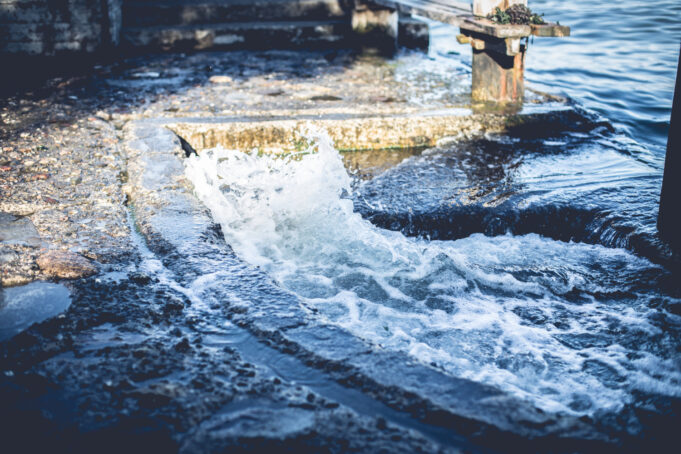This week the Biden administration announced a $5.8 billion investment towards improving the nation’s ailing water infrastructure, part of the bipartisan 2021 legislation allocating $50 billion for water infrastructure enhancements. These funds aim to address the critical needs of modernizing drinking water systems and wastewater management across the country. The American Society of Civil Engineers (ASCE) has long highlighted the deteriorating state of U.S. water systems, assigning a C- rating to drinking water infrastructure and a D+ to wastewater systems in 2021. This situation underscores the urgent need for comprehensive upgrades to safeguard public health and ensure environmental sustainability.
The allocated funds will facilitate projects to eliminate lead pipes, enhance water treatment processes, and expand access to safe drinking water, particularly in underserved communities. The initiative not only focuses on replacing hazardous lead service lines but also addresses the challenges posed by climate change, such as saltwater intrusion and increased sediment and pollutant runoff, which compromise water quality and availability.
The federal government’s strategy involves distributing funds through the Clean Water and Drinking Water State Revolving Fund programs, allowing states, territories, and tribes to prioritize and manage projects according to their specific needs. This decentralized approach ensures that the unique water infrastructure challenges of each region can be addressed effectively, from the urban centers grappling with lead contamination to rural areas facing water scarcity.
However, the endeavor to revamp the nation’s water infrastructure is not without its complexities. Past efforts, like those in Flint, Michigan, have demonstrated the risks associated with transitioning water sources and the dire consequences of inadequate corrosion control measures. Flint’s crisis, where elevated blood lead levels were discovered in residents due to corroded pipes, is a stark reminder of the critical need for continued investment in water treatment and distribution.
Eastern Kentucky emerges as a real-life example, underscoring the urgent need for infrastructure renewal. A story from Lexington NPR station WEKU earlier this week highlights that the region, already accustomed to dealing with water issues, faced unprecedented hardship following a historic flood in 2022 that devastated drinking water systems. This catastrophe revealed the true fragility of our aging infrastructure, with some systems relying on pipes that are 70 to 100 years old. The situation illustrates the broader challenges faced nationwide in ensuring reliable access to clean water amidst both natural disasters and aging facilities.
The commitment demonstrated by this bipartisan bill shows, at the least, an across-the-aisle acknowledgment of the rapidly crumbling infrastructure in both urban and rural areas. For water treatment professionals, this significant federal investment presents an opportunity to address decades old concerns like lead pipes and rural access, as well as modernizing treatment processes to keep beautiful clean water flowing for all Americans.





